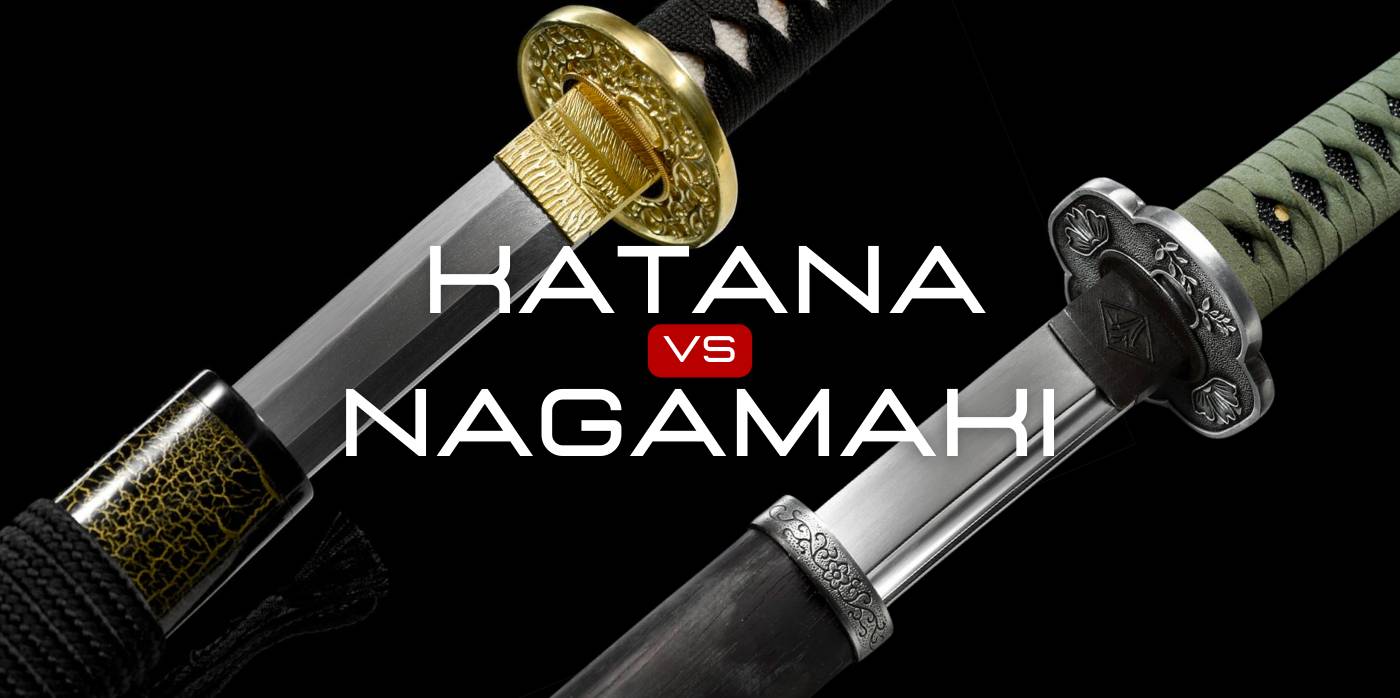Exploring the world of traditional swords is like diving into oceans of ancient civilizations and coming up with treasures of knowledge. Today, our exploration takes us to the heart of two remarkable cultures, China and Japan, where we will delve into the character and finesse of two of their renowned swords: the Chinese Tang Dao and the Japanese Katana. Though hailing from different cultural spectrums, these blades share a bond of martial heritage and craftsmanship.
What is a Tang Dao
The Tang Dao, a quintessential Chinese sword, traces its lineage back to the illustrious Tang Dynasty era, spanning from 618 to 907 AD. The phrase "Tang Dao" can be loosely translated to "Tang Sword" in English, signifying its deep-rooted association with this significant historical epoch during which it gained prominence.
This era, the Tang Dynasty (618-907 AD), is revered for its vibrant flourishing of the arts, cultural enlightenment, and ambitious military endeavors. The Tang Dao embodies a rich tapestry of this era, marrying functional martial design with a reflection of the cultural zenith that characterized the Tang Dynasty. The Tang Dao, often seen as a symbol of this era's valiant spirit, emerged as a remarkable sword design.

Genesis of Katana
Alternatively, the Katana rose to prominence during Japan's Kamakura period (1185-1333 CE), a time characterized by the ascent of the samurai class and the initiation of feudalism. The Katana soon became the symbol of the samurai, revered not just for its deadly efficiency but for the honor, it embodied.
Tang Dao Vs Katana Parts
Tang Dao’s Structure: The Tang Dao brandishes a straight or slightly curved blade, embodying a single-edged design. Its blade generally measures between 30 to 40 inches in length, exuding a grace and subtleness in its curvature.
Katana’s Design: Contrarily, the Katana possesses a more pronounced curve with a single-edged blade, typically around 24 to 36 inches long. Its aesthetics are a blend of functionality and tradition, manifesting a sleek yet deadly form.
Tang Dao Vs Katana Sharpening
Tang Dao: May have a variety of cross-sections, often with a more gradual taper towards the tip. Sharpening can be uniform along the length of the blade.
Katana: Typically has a chisel-like cross-section with a pronounced ridge line. Features a special sharpening technique where the edge is extremely sharp, while the back is softer to absorb shocks.
Tang Dao Vs Katana Hilt
Tang Dao: The hilt is often simple in design, made for one or two-handed use depending on the specific style.
Katana: The hilt is usually longer to accommodate a two-handed grip, wrapped in ray skin and cord for a secure grip.
Tang Dao Vs Katana Guard
Tang Dao: The guard on a Tang Dao is often more circular and simplistic in design.
Katana: The Katana's guard (Tsuba) is usually more decorative, with a wide range of designs and materials.
Tang Dao Vs Katana Scabbard
Tang Dao: Often simplistic, made to protect the blade and for ease of carry.
Katana: Katanas have traditionally decorated scabbards (Saya) which can be elaborately decorated and are an integral part of the sword's aesthetic.

Tang Dao Vs Katana Techniques and Martial Arts
Tang Dao Techniques: Chinese martial arts have fostered various fighting styles and techniques centering around the Tang Dao. The sword facilitates both cutting and thrusting moves with an emphasis on fluid movements and agility.
Katana Combat Styles: The Katana, on the other hand, is pivotal in Kenjutsu and Iaido martial arts, focusing on precise cuts, strikes, and a balance between motion and stillness. Its usage is a blend of martial skill and spiritual discipline.
Tang Dao Vs Katana: Which is the best
Determining the superior sword for combat between the Tang Dao and the Katana can be intricate as it heavily hinges on multiple factors including the proficiency of the wielder, the distinct design of the individual swords, and the circumstances of the combat scenario.
- Wielder's skill: A highly skilled practitioner with a Tang Dao could outperform a less skilled opponent with a Katana, and vice versa. Mastery of the weapon and understanding of its strengths and weaknesses are crucial for effective use in combat.
- Blade Design: The curvature of the Katana's blade lends itself well to precise slicing motions and rapid drawing strikes, showcasing formidable efficacy in singular combat encounters. The razor-sharp edge coupled with a well-balanced weight renders it a deadly instrument in the grasp of a proficient samurai. Conversely, the Tang Dao might present a more adaptable blade design apt for both robust chopping and decisive thrusting actions. Its straighter blade might be more effective for thrusting attacks.
- Combat Scenario: The effectiveness of each sword can vary greatly depending on the context. For instance, the Katana may hold an advantage against opponents with little to no armor, owing to its design focused on slicing efficiency. Conversely, the Tang Dao's versatile blade design lends itself well to a broader range of combat situations.
- Armoring: The efficacy of bladed weapons is greatly impacted by the kind and caliber of armor adorned by adversaries.
Tang Dao vs Katana Symbolic
Tang Dao's Cultural Impact: The Tang Dao is often revered as a beautiful symbol of Chinese heritage, reflecting the pinnacle of ancient Chinese metallurgy and martial tradition.
Katana’s Symbolism: The Katana goes beyond being a mere weapon in Japan; it's a symbol of honor, precision, and a rich samurai tradition. The craftsmanship and spirit of the Katana have left an indelible mark on Japan’s identity.




